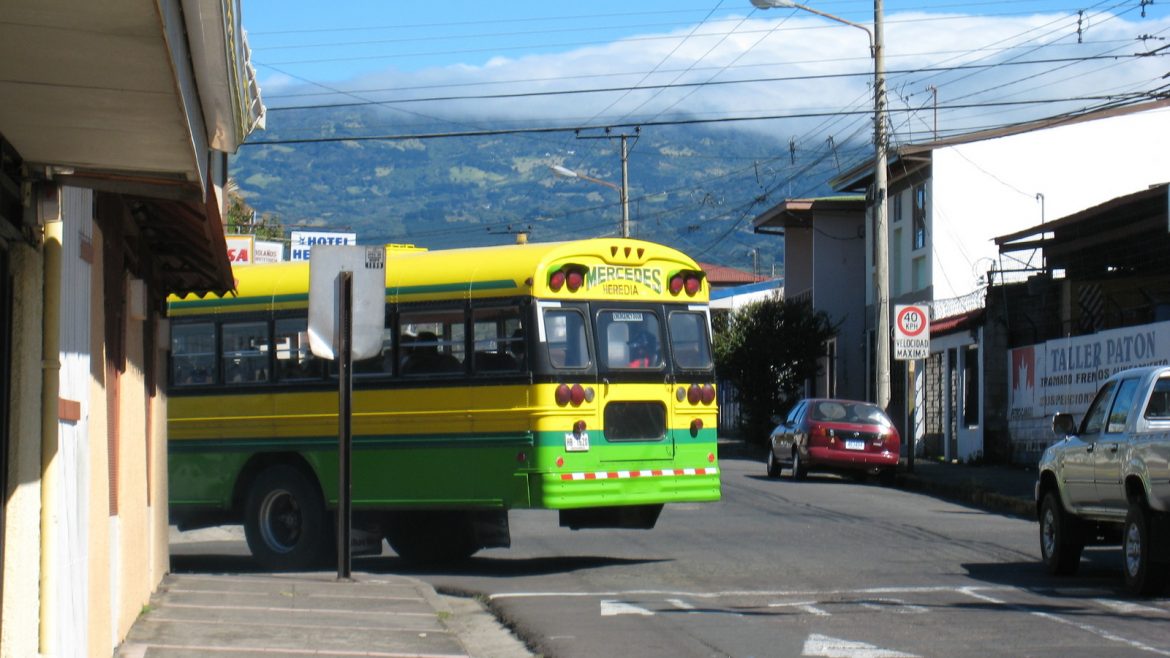The Struggle to Modernize Costa Rican Bus Systems
Over two million Costa Ricans rely on buses as their primary mode of transport every day. Yet, plans to modernize bus fleets and routes are often hindered by lengthy bureaucratic processes. By the time these plans are close to fruition, the foundational studies they’re based upon are deemed outdated, causing the process to restart. This cycle has been recurring for the past 20 years.
Quality Standards: Approved but Not Implemented
In 2021, quality standards for Costa Rican buses were approved, but their integration into contracts has been slow. The Regulatory Authority for Public Services (Aresep) has only managed to sign 19 contracts out of the 350 concession agreements anticipated since 2021.
Ensuring Safety on Costa Rican Buses
Safety should never be compromised. Buses that have been in operation beyond their safe lifespan put Costa Rican commuters at risk. In a promising move, the Public Transport Council (CTP) ordered 182 buses, surpassing their allowable lifespan of 15 years, to be removed from service.
The Impact of Reduced Bus Services
The removal of unsafe buses, while necessary, has its drawbacks. Since January, a total of 350 buses have been removed from circulation, leaving only 200 in service. As a result, buses are not arriving as frequently as needed and are often filled to capacity at various stops. Costa Ricans now need to leave home as early as 5 AM to reach work or school by 7 or 8 AM.
Conclusion: A Call for Rapid Modernization
The slow pace of modernizing Costa Rica’s bus system has substantial implications on the safety and convenience of daily commutes. It’s crucial to prioritize rapid modernization to ensure safe, efficient, and reliable public transportation for the millions of Costa Ricans who depend on it daily.

